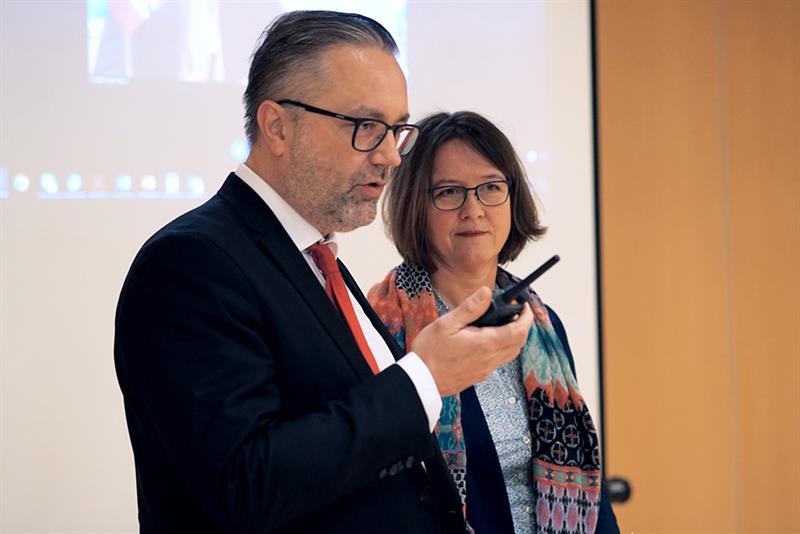Their first responders will use a shared communications channel when migrating TETRA terminals between networks. The ability to migrate across networks is especially important in border areas where the emergency response centres, social and health services, police, rescue officials, the defence forces and border guards from both countries need to communicate during accidents or disasters securely and reliably.
“Administrative radio network roaming will enhance cooperation between our countries in emergency situations,” says Timo Lehtimäki, the CEO of State Security Networks Group Finland. “…Finland and Norway have 736 kilometres of shared borderline in Lapland. In this sparsely populated area it’s challenging to provide rescue services quickly. The closest police or first aid unit may actually be in the neighbouring country,” Lehtimäki continues.
Until now, network coverage for Virve devices and other equipment for officials has ended soon after crossing the border into Norway. This was the motivation for combining the Virve and Nødnett TETRA networks using an Inter-System-Interface (ISI) solution.

L-R: Jarmo Vinkvist, COO, Virve services, State Security Networks Group Finland, and Nina Myren, director of department public safety communications, DSB, Norway, making the first call over both the combined Virve and Nødnett TETRA networks. The group call was made to participants in Oulu, Finland and Oslo, Norway. Participants in Oslo included Tor Helge Lyngstøl, director general, DNK (Directorate for Emergency Communication). During the call, the Norwegians congratulated their Finnish counterparts on their nation's first 100 years of independence.
Now Finnish Virve phones can be used to make calls over the entire Norwegian administrative radio network (Nødnett). In addition to calls, the Finnish Virve network relays around 50 million SDS (Short Data Service) messages every week. Similarly, Norwegian officials can now contact their colleagues anywhere in Finland and make calls on Norwegian devices over the Finnish Virve network.
The Finnish network has been supplied by Airbus and the Norwegian network by Motorola Solutions. Terminal migration between Sweden and Norway was used as a model for the technical solutions needed for combining the networks. These were the first countries to implement migration for administrative radio networks one year ago.
In their agreement, Virve and Nødnett will lay out the rules for cooperation as well as details concerning maintenance, division of costs and other practical issues.
The end users – emergency response centres, police, rescue departments, social and health services, the defence forces, customs and border guards—must agree on how to use the system, the talk groups, procedures and responsibilities – in other words, who and which group to call on the other side of the border in a specific situation.
“For example, in case of a fire, in Norway the police are in charge but in Finland it’s the rescue department. Combining the operational models takes a lot of work,” says Lehtimäki.
The project for the combining of the Finnish and Norwegian administrative radio networks, Virve and Nødnett, began in February 2017 with the signing of a letter of intent at Critical Communications Europe in Copenhagen.
After successfully operating in a test environment, the work to allow migration across the live networks began and the first call was placed today (8 December). Testing of the networks will continue into 2018.



